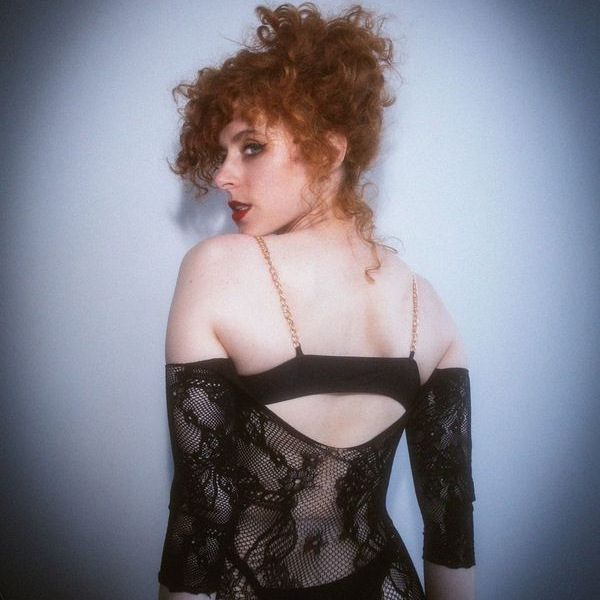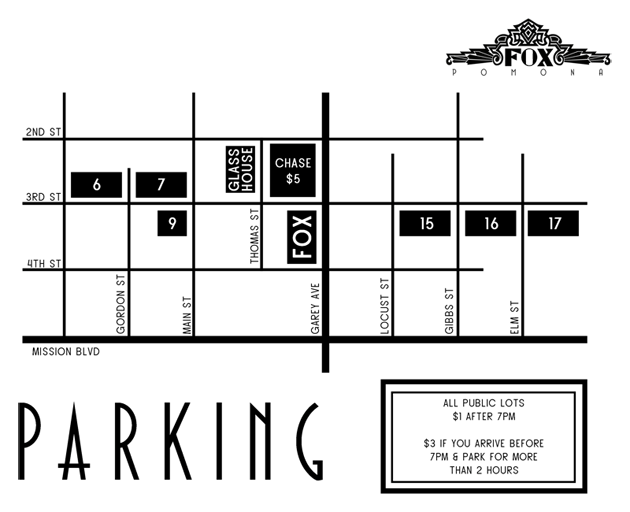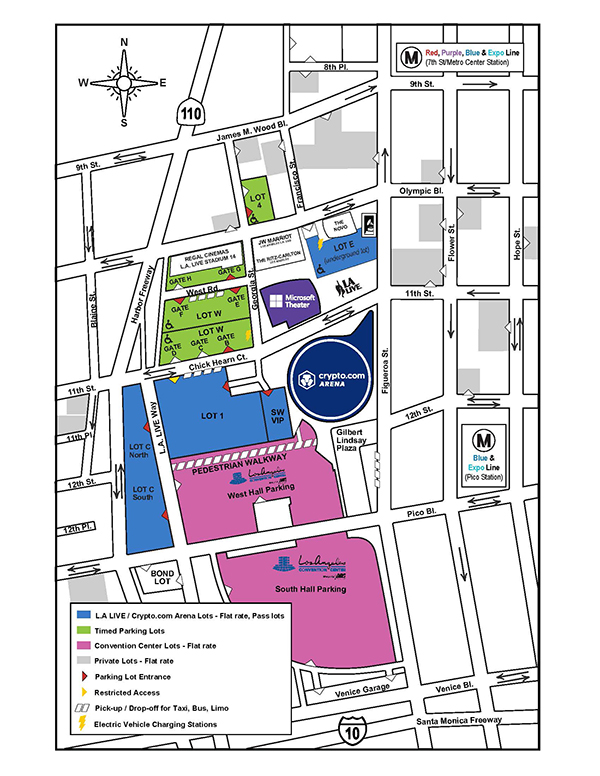
Presented by Goldenvoice: New Gold Standard
An Interview with KIESZA
September 16, 2025
Kiesza sat down with us to reflect on her latest EP, core tour memories, and her breakout hit ahead of her show at El Rey Theatre.
How do you define yourself as an artist today versus when you first broke out?
When I broke out, I was focused on building a brand around a very specific sound and direction. It worked really well, but the moment I felt inspired in ways that did not fit that mold, it created a lot of friction with my label and even with myself.
We are told that being a brand is the only way to succeed, but that often comes at the cost of authentic expression and growth. I pushed myself too hard, sometimes even sacrificing my own well-being. I performed shows when I was sick, said yes to too many things, and chose collaborations based on how they fit my genre instead of simply following what inspired me.
As a woman in the industry, I was constantly getting critical feedback from men who had a stake in my success. They pushed me to show more skin, to dance in a sexier way, to twerk because it was trendy. I resisted in my own way, but it also made me feel like my sexuality was at the mercy of businessmen instead of being within my own power. The moment “Hideaway” blew up, it felt like everyone was trying to control me. I was overstimulated all the time and lost my connection to my body and my soul. This feeds directly into Dancing and Crying Vol. 2, where I embrace my sensuality and take my sexuality into my own power. A woman’s body is so policed in Western culture, and we are trashed for showing skin unless it is making a corporation money or under the control of a man.
When the car crash happened, reality really hit me. None of those people picked up the phone to check if I was okay. Many of them stopped taking my calls. That was my wake-up call. What good is success if no one around you truly cares about you when you really need them?
Coming back, I wanted to give as much to my audience as I was receiving. Balance is the word that defines my life these days. I wanted my music to be healing. I wanted it to inspire strength and authentic expression. Now I focus on building community and on creating experiences that feel genuine. I am touring smaller rooms and rebuilding organically with my core fans. I also make sure my crew and dancers are taken care of. It has been eye-opening to learn how often artists and dancers are exploited, especially by big players in the industry. This chapter of my career is about rewriting that story. We put artists first. We nurture creative evolution. And we make sure the experience and the connection always matter more than the profits.
When do you feel most connected to your artistry, on stage, in the studio, or somewhere unexpected?
I feel most connected when I am simply grounded and in a flow state. That can happen anywhere. On stage, in the studio, walking my dogs, in a good conversation, or especially in nature where I can fully feel a sense of release. When I am in that space, the creativity just comes. The moment I get self-conscious or judgmental, toward myself or anyone else, that connection shuts down. I have learned to honor that and step away until the flow comes back.
You have long had a strong LGBTQ+ fanbase. What does that relationship mean to you?
It is a bond built on the belief that everyone deserves to express themselves authentically and love who they love without judgment. I stand up and support the LGBTQ+ community with everything I have. And it goes both ways. I find they understand me as an artist and celebrate the evolution of my art more than any other community.
“Hideaway” was such a huge moment when it debuted at number one on the UK Singles Chart. How do you feel about that song now?
I am grateful for it. I took a risk keeping it for myself, and it changed my life. Through my accident and recovery, “Hideaway” kept me afloat financially and gave me the space to heal. Without that, I do not know how I would have gotten through it.
That song also exposed me to the reality of the industry very quickly. When you grow slower, you do not always see the sharks coming, but when you blow up overnight, they all show up at once. My forced break gave me the time to regroup and reconnect with why I make music. And even after singing “Hideaway” thousands of times, I still love performing it. Every time I do, I feel grateful that it was this song that introduced me to the world.
What are some tour or performance memories that stand out to you?
Some of my favorite memories are the quiet ones with my crew between shows. We share stories, we laugh, we connect as people. Many of the people who work behind the scenes are incredible musicians themselves, and getting to hear their creations has been special. It keeps me grounded. It reminds me that so much of success is luck, but as much as I can, I try to share my success with my community and bring them into the creative process whenever I can. That is how Jaylen Brown ended up writing “Runway” with me.
Which song on your new album Dancing and Crying Vol. 2 would you recommend to a new listener?
“To Die To Sleep.” It was completely freestyled in one take. I did not even write it in the traditional sense. It just came through me. And of course, I cannot take credit for Shakespeare’s little cameo at the end, but I love that it found its way in there. This song was such an incredible experience to create with Jess Cake. There are so many layers to it, and I love that it has nature elements sprinkled all over it to add a subtle ASMR effect throughout. It is the final song of my show, and it really is the perfect finale.
What can LA fans look forward to for your show at El Rey Theatre?
It is pure energy. A full-on dance party that still feels deeply connected. It is exhilarating and emotional, artistic and theatrical, and I think fans will leave feeling like they were truly part of something special.

